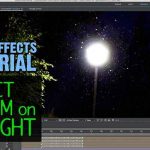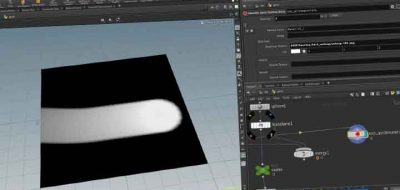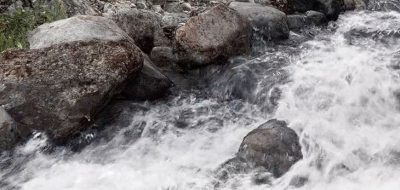Yongji Chen shows a better and faster way to develop wet maps in Houdini.
A new tutorial (and his first) from Yongji Chen covers a faster and more efficient way to create wet maps in Side FX Houdini. “Compare to traditional workflow, it is much faster and gets a better result,” Chen says. Typical workflow for creating these types of maps involves subdividing geometry quite a lot to accommodate the object collisions correctly or at sufficient resolution.
All that geometry doesn’t make the work more efficient. “The points on surfaces are unevenly scatted. That is a very inflexible and heavy workflow,” Yongji notes.
Yongji’s method works out to be much lighter and allows you to set the texture size to anything. “I did a comparison in the video, to get a similar result, my new workflow is almost 9 times faster than the old one.
And since it’s a texture sequence, it’s also beneficial for game artists to bring them into game engines.” Yongji makes the project files available for a small fee – for those people who want to know how to apply this workflow on objects with UDIM tiles. You can download it from https://gum.co/yHyXp.
Other techniques are just as relevant, so check out CG Generalist Tim van Helsdingen’s tutorial on how to create wet maps using a CHOPs network in Houdini.
Or how to create a UV-based wetmap with this tutorial from FX TD Fabricio Chamon.




